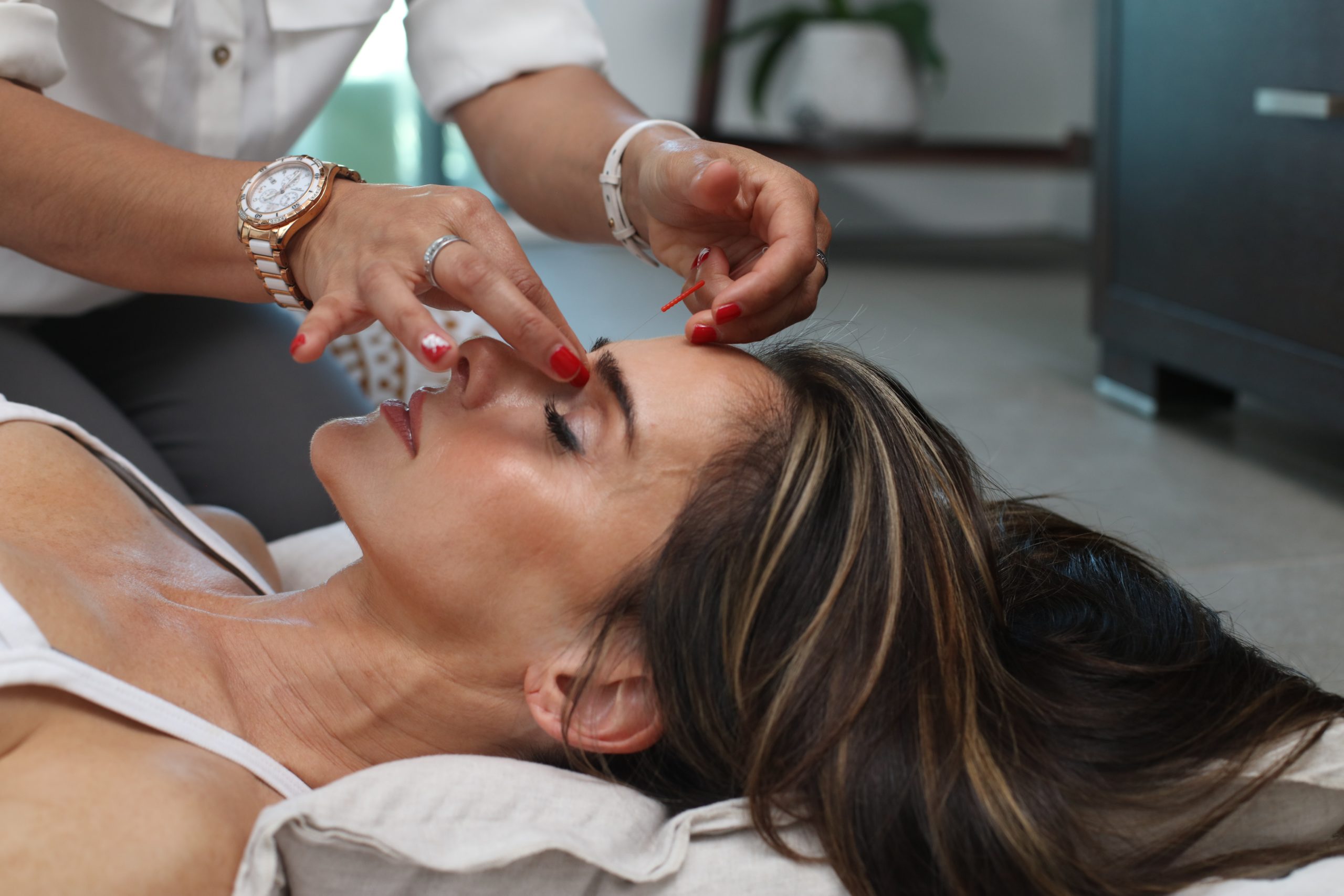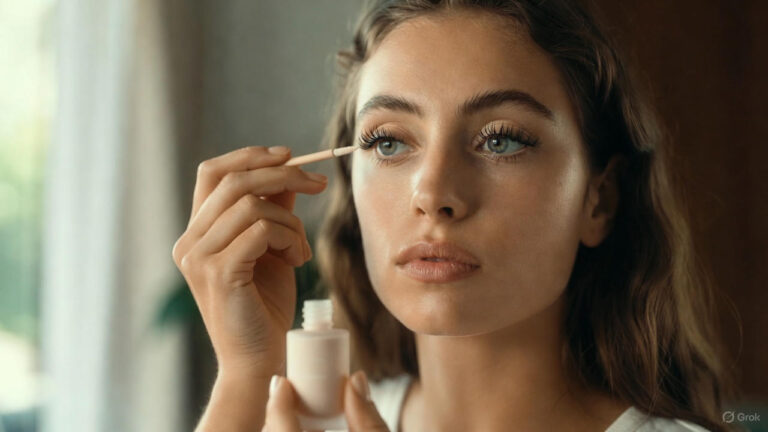Do you ever feel overwhelmed by the countless skincare products and treatments available? With so many options, it can be challenging to know where to start or which treatment is right for your skin type and concerns. Whether you’re struggling with acne or wrinkles or just looking to improve the overall appearance of your skin, this guide is for you.
This comprehensive guide will explore the different skin treatments available, from topical treatments like moisturizers and serums to injectables and surgical procedures. By the end, you’ll better understand the benefits and limitations of each treatment and be well-equipped to choose the right one for you.
1. Topical Treatments
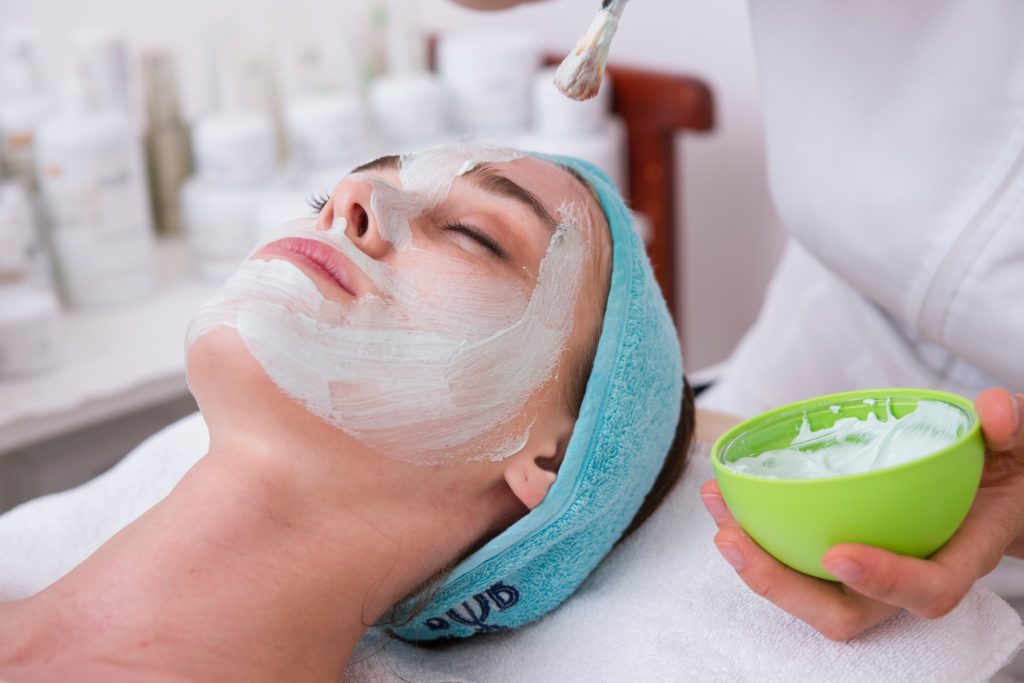
Topical treatments are skincare products that are applied directly to the skin. They can be used for a variety of purposes, such as moisturizing, treating specific skin concerns, or protecting the skin from environmental damage.
Types of Topical Treatments
Several types of topical treatments include moisturizers, serums, spot treatments, exfoliants, and sunscreens.
Moisturizers
Moisturizers are designed to hydrate the skin, prevent dryness and flakiness, and improve its texture. They are usually formulated with glycerin, hyaluronic acid, and ceramides.
Serums
Serums, on the other hand, are more targeted and potent than moisturizers. They contain more active ingredients and are designed to address specific skin concerns, such as fine lines, wrinkles, dark spots, or hyperpigmentation. They can also boost hydration or brighten the skin’s complexion.
Spot Treatments
Spot treatments target acne, blemishes, or other skin imperfections. They are usually formulated with salicylic acid, benzoyl peroxide, or sulfur, which help unclog pores, reduce inflammation, and prevent breakouts.
Exfoliants
Exfoliants are designed to remove dead skin cells and improve skin texture. They can be either physical (scrubs) or chemical (alpha-hydroxy acids or beta-hydroxy acids). Exfoliants can help to reduce the appearance of fine lines, improve skin tone, and enhance the skin’s radiance.
Sunscreen
Finally, sunscreens protect the skin from UV damage and prevent premature aging. They are available in different formulations, such as creams, lotions, sprays, or powders, and with different levels of SPF (sun protection factor).
Limitations of Topical Treatments
While each type of topical treatment has its benefits, they also have limitations. For instance, moisturizers may not be effective for severe dryness or dehydration, and spot treatments may cause irritation or dryness if overused. Additionally, some exfoliants can be too harsh for sensitive skin, and not all sunscreens provide adequate protection from both UVA and UVB rays.
Choosing the right topical treatment depends on your skin type, concerns, and goals. It’s important to consult a dermatologist or skincare professional to determine which products suit your skin and how to use them properly.
2. Chemical Treatments
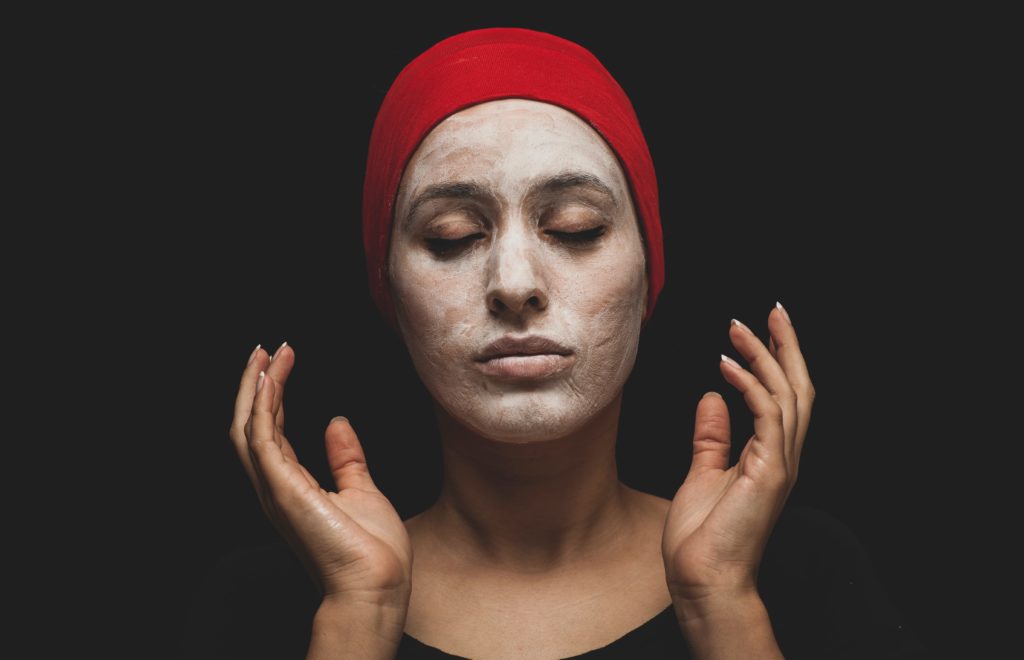
Chemical treatments refer to various procedures that use chemicals to improve the appearance and texture of the skin.
Types of Chemical Treatments
Several types of chemical treatments are available, including chemical peels, microdermabrasion, and laser resurfacing.
Chemical Peels
Chemical peels involve the application of a chemical solution to the skin to remove the outer layer, revealing smoother and more even-toned skin. Depending on the individual’s skin condition and goals, they can be performed in varying strengths, from light to deep peels.
Chemical peels can help reduce the appearance of fine lines and wrinkles, acne scars, and hyperpigmentation. However, they can also cause redness, peeling, and sensitivity to the sun, so it’s important to follow post-treatment care instructions carefully.
Microdermabrasion
Microdermabrasion uses a device to exfoliate the outer layer of skin with fine crystals or a diamond-tipped wand. This gentle treatment can improve skin texture, reduce the appearance of fine lines and wrinkles, and minimize the look of enlarged pores.
Microdermabrasion is generally safe for all skin types and doesn’t require any downtime, but multiple treatments may be necessary for the best results.
Laser Resurfacing
Laser resurfacing is a more intensive chemical treatment that uses laser technology to remove the outer layer of skin. This treatment can improve the appearance of deeper wrinkles, scars, and other skin imperfections. Laser resurfacing can be more painful and requires more downtime than other chemical treatments, but it can provide long-lasting results.
Limitations of Chemical Treatments
While chemical treatments can provide many benefits, they also have some limitations. For example, they may not be suitable for those with certain skin conditions or those who are pregnant or breastfeeding. Additionally, some treatments can be expensive and require multiple sessions for optimal results.
Overall, chemical treatments can be an effective way to improve the appearance and texture of the skin. Still, it’s essential to consult with a qualified dermatologist or aesthetician to determine which treatment is right for you and ensure that it is performed safely and effectively.
3. Injectable Treatments
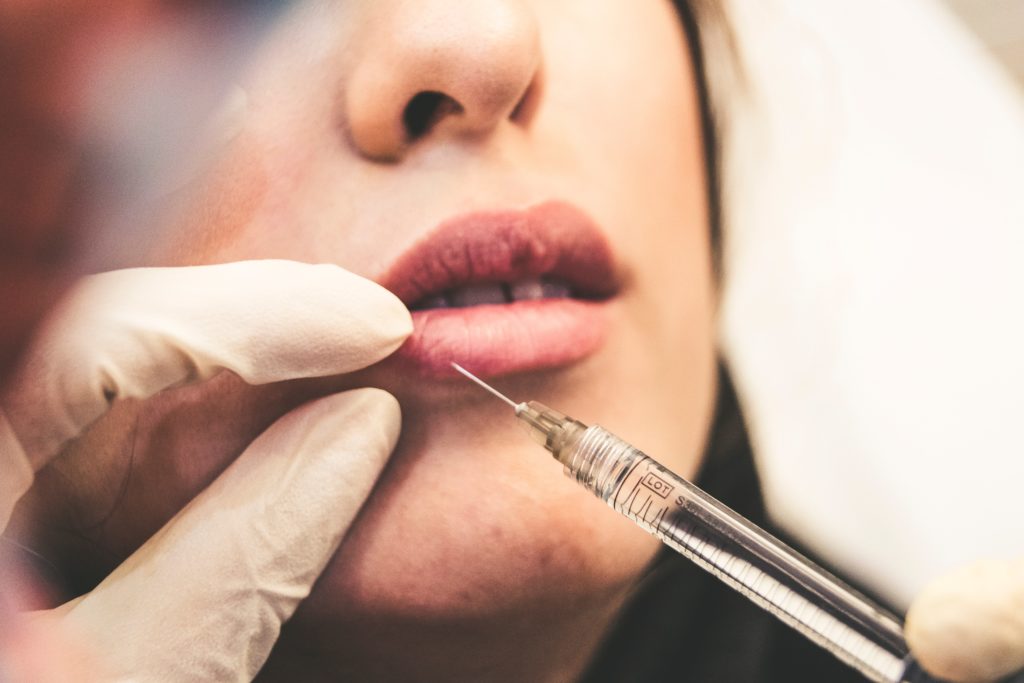
Injectable treatments are non-surgical cosmetic procedures that involve injecting certain substances into the skin to improve its appearance.
Types of Injectable Treatments
There are different types of injectable treatments available, including Botox and dermal fillers.
Botox
Botox is a neurotoxin injected into the facial muscles to relax them and reduce the appearance of wrinkles and fine lines. It works by blocking nerve signals to the muscles, which prevents them from contracting. The effects of Botox last for several months, and the treatment can be repeated as necessary.
The benefits of Botox include a reduction in wrinkles, a more youthful and refreshed appearance, and little to no downtime. The limitations of Botox include the potential for side effects, such as bruising, swelling, and temporary muscle weakness.
Derma Fillers
On the other hand, dermal fillers are injectable substances that add volume to the face, smooth out wrinkles and fine lines, and enhance facial features. Different types of dermal fillers are available, such as hyaluronic acid fillers, collagen fillers, and synthetic fillers.
The benefits of dermal fillers include a more youthful and plump appearance, improved skin texture, and minimal downtime. The limitations of dermal fillers include the potential for side effects, such as bruising, swelling, and lumps under the skin.
4. Surgical Treatments
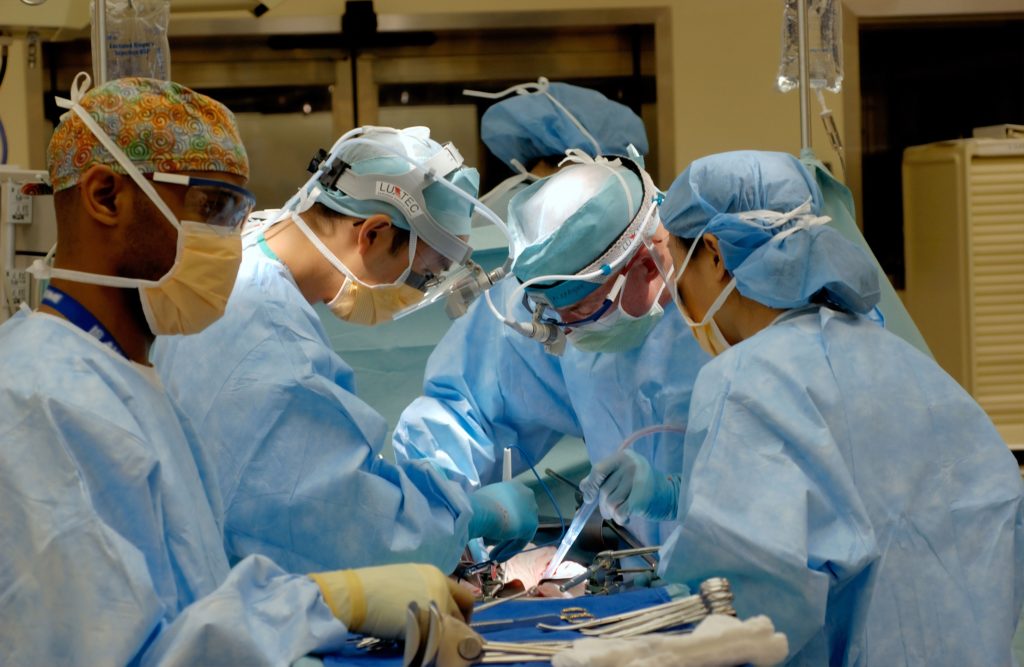
Surgical skin treatments are more invasive procedures that involve incisions and surgical instruments to modify the appearance of the skin. These treatments are usually reserved for individuals with more significant aesthetic concerns or for those who have exhausted all other options.
Types of Surgical Treatments
The following are some of the most common types of surgical treatments for the skin:
Facelift
A facelift is a surgical procedure designed to address signs of aging in the face and neck. During a facelift, excess skin is removed, and the underlying tissues are repositioned to create a more youthful appearance.
The procedure can help to reduce the appearance of wrinkles, sagging skin, and jowls. The benefits of a facelift can be long-lasting, but the procedure can be quite invasive and may require a lengthy recovery period.
Liposuction
Liposuction is a surgical procedure to remove stubborn fat pockets from various body areas, including the abdomen, thighs, and buttocks. The procedure involves making small incisions in the skin and using a specialized tool to suction out excess fat.
Liposuction can effectively achieve a more contoured and streamlined appearance, but it is not a substitute for a healthy diet and exercise.
Breast Augmentation
Breast augmentation is a surgical procedure involving implant insertion to enhance the size and shape of the breasts. The procedure can correct asymmetry, restore volume after pregnancy or weight loss, or achieve a more desirable breast size.
While breast augmentation can significantly impact a woman’s self-confidence, the procedure carries some risks, including infection and implant rupture.
Limitations of Surgical Treatments
While surgical treatments can produce dramatic results, they also carry significant risks and require a longer recovery period than less invasive treatments. Patients should carefully weigh the benefits and limitations of each type of surgical treatment and work closely with a qualified and experienced surgeon to achieve the desired outcome.
Choosing the Right Treatment
When choosing the right skin treatment, there are several factors to consider. Here are some of the most important factors to keep in mind:
- Skin type: Your skin type will play a big role in determining which treatments are best for you. For example, someone with dry skin may benefit from a moisturizing treatment, while someone with oily skin may need a treatment that helps control oil production.
- Budget: Different skin treatments can vary significantly in price. It’s important to consider your budget when choosing a treatment. Remember that some treatments may require multiple sessions, which can add up quickly.
- Goals: What are you hoping to achieve with your skin treatment? Do you want to reduce the appearance of wrinkles, improve skin texture, or get rid of acne? Knowing your goals will help you choose the best treatment to meet your needs.
- Lifestyle: Some skin treatments may require downtime or recovery, which may not be feasible for someone with a busy lifestyle. It’s important to consider how much time you can devote to the treatment and recovery process.
Tips for Finding a Reputable Provider
Once you’ve considered these factors, finding a reputable provider to perform your treatment is important. Here are some tips for finding a provider:
- Do your research: Look up provider reviews online, and ask for recommendations from friends or family members.
- Check credentials: Ensure the provider is licensed and has the necessary training and certifications to perform the treatment.
- Ask questions: Be bold and ask the provider about their experience and the treatment process.
- Look for a clean, professional environment: The facility where the treatment is performed should be clean and well-maintained.
By considering these factors and finding a reputable provider, you can feel confident in choosing the right skin treatment for your needs.
Conclusion
Caring for our skin is crucial for maintaining our overall health and appearance. With the wide variety of skin treatments available, it can be overwhelming to choose the right one. However, by understanding the different types of treatments, their benefits, and limitations, and considering personal factors such as skin type, budget, and lifestyle, it is possible to find the perfect treatment that suits your needs.
Whether it’s a simple topical treatment, a chemical or injectable treatment, or a more invasive surgical option, everyone has a solution. Consult a reputable provider and prioritize your skin’s health to achieve the best results possible.
Frequently Asked Questions(FAQs) on Skin Treatments
1. What are some common types of topical skin treatments?
Some common topical skin treatments include moisturizers, serums, spot treatments, exfoliants, and sunscreens.
2. What are chemical skin treatments?
Chemical skin treatments involve using chemicals to exfoliate and resurface the skin. Common chemical treatments include chemical peels, microdermabrasion, and laser resurfacing.
3. What are injectable skin treatments?
Injectable skin treatments involve the use of injections to improve the appearance of the skin. Some common types of injectable treatments include Botox and dermal fillers.
4. What are surgical skin treatments?
Surgical skin treatments involve the use of surgery to improve the appearance of the skin. Some common surgical treatments include facelifts, liposuction, and breast augmentation.
5. How do I choose the right skin treatment for me?
When choosing a skin treatment, it’s important to consider your skin type, budget, goals, and lifestyle. Consider consulting with a reputable provider to help you choose the right treatment.
4. Are skin treatments safe?
Skin treatments can be safe when performed by a qualified and experienced provider. However, like any medical procedure, there is always some risk involved.
5. How much do skin treatments typically cost?
The cost of skin treatments can vary depending on the type of treatment, the provider, and your location. It’s important to consider your budget when choosing a skin treatment.
6. How long do the results of skin treatments last?
The duration of results can vary depending on the type of treatment. Some treatments, such as injectables, may last for several months, while others, such as surgical treatments, may provide longer-lasting results.
